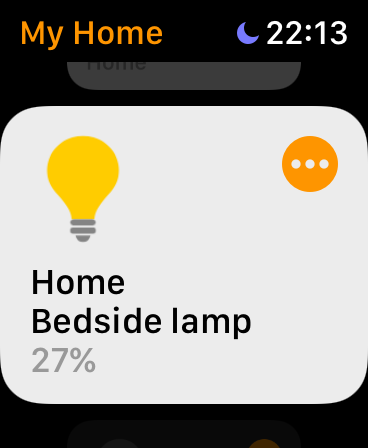I have since ditched Homebridge and have moved to using Home Assistant solely.
I've had a business server and a home server for the last five years. My business server works for the Jambour Digital team. When I finish for the day, I tend to relax to a film or music, so for that, I've had a Network-Attached Storage device for around 10 years now that has served me very well. However, it's not seen much use over the last few years since I've set up my home server as a replacement for DLNA streaming over IP.
My home server acts as my VoIP SIP trunk PBX, and it's doing quite a bit. Furthermore, I occasionally use it to back up files from my PC. I also host a small website on it called ZEN (zen.jamiebalfour.scot), but I recently took it down to perform some maintenance. And now on top of that, I've been looking to use it to download backups from my business server once a week. We'll see how that goes.
So, really, my home server does a lot of things, not to mention being my SSH portal into my home, allowing me to transfer files on the go, etc.
Recently, I built a system that stores the states of my smart home devices around my house. ZPE/YASS and Velocity power the system. It is triggered by IFTTT to change the state and then sends a command back to IFTTT to change the device state. It's pretty awesome.
But then I started to think that since I own everything Apple (iPhone, iPad, MacBook Pro, Apple Watch), wouldn't it be awesome to integrate all of this with the Apple Home app on my iPhone?
Well, thanks to Homebridge (which I have been using for a while now), I'm adding another thing into the mix. It is important to note that setting up Homebridge is relatively easy, but possibly not for those less familiar with running installers and perhaps those less savvy with Linux. I'd recommend having a Linux-powered home server that you can leave running 24/7 for this project.
Homebridge is, in case you didn't know, an excellent (and free) tool to link your smart home devices to Apple's HomeKit even if they do not support it. For example, I own many Meross smart devices ranging from light bulbs to switches and light switches and a Tuya intelligent blind controller. It's not only rather tedious having multiple apps to control these devices, but it's also not possible to get an app for each of them on my Apple Watch and on my Amazon Alexa devices.
So here's the fix. Samsung's SmartThings is one of the most intelligent smart home hubs. I've owned it since about 2018, and it's had mixed uses, sometimes being used a lot and other times not seeing much use at all, but recently, I revamped its setup and restarted it.
The following diagram shows how this works.

The top section is for the hardware level, the middle is for the hub level, and the bottom is for the app level.
The system works by having no communication between Amazon Alexa and the Meross or Tuya Smart devices - there is another layer of abstraction added, the SmartThings Hub. This is the control centre. This is also how my IFTTT commands are processed - by communicating directly with my web server, which then talks to the hub and deals with the rest.
It's great that I can control my devices in this manner when I'm out and about. It's also very flexible, and my SmartThings Hub hasn't really ever been down (I plan on getting a UPS for it and the router at some point).
However. The big problem is that the SmartThings app on the Apple Watch uses the old version of SmartThings and can no longer be used. I cannot easily communicate with the SmartThings Hub from my Apple Watch. But why is this a problem? Sure, I could use my iPhone. But isn't the idea of a smart home that everything is designed to be simplified? Plus, my Watch is a fantastic tool for when I'm out and about - for example, I've got Hive on there, too (sadly, Hive does not integrate with SmartThings). SmartThings has dictated which hardware products I purchase and which I do not. For instance, Meross was a brand I selected because I read that the quality is excellent and that it is integrated with SmartThings.
The solution to my problems was to get that excellent Home app on my Apple Watch that had never been used connected to SmartThings. I had heard of a tool called Homebridge, which allows me to quickly set up my devices with the Home app using Homebridge as a HomeKit server.
How I got it to work
I followed the instructions on the GitHub page for Homebridge, which can be found here. These instructions show you how to install Homebridge (I use a Linux machine and a macOS machine, which are much easier to set up since most programs like this are designed to run on a stable machine like a Linux or macOS system).
To add it to SmartThings, I pasted the code from the GitHub page into the SmartApps section on the SmartThings website. After this, I installed the plugin into the SmartThings app and selected the needed devices.
I found a video that helped me get this set up (the part that got me the most was installing the SmartApp into SmartThings, as I didn't know which one to install). The video is found on Tech Tech And More Tech's website here.
I now can control my devices from my Apple Watch:




